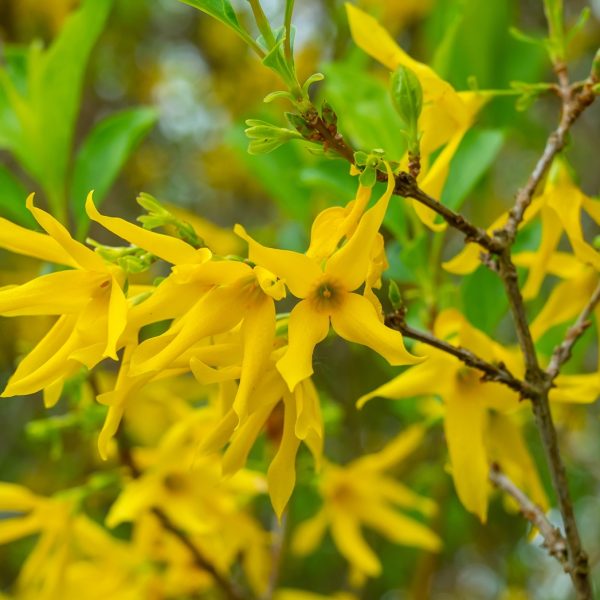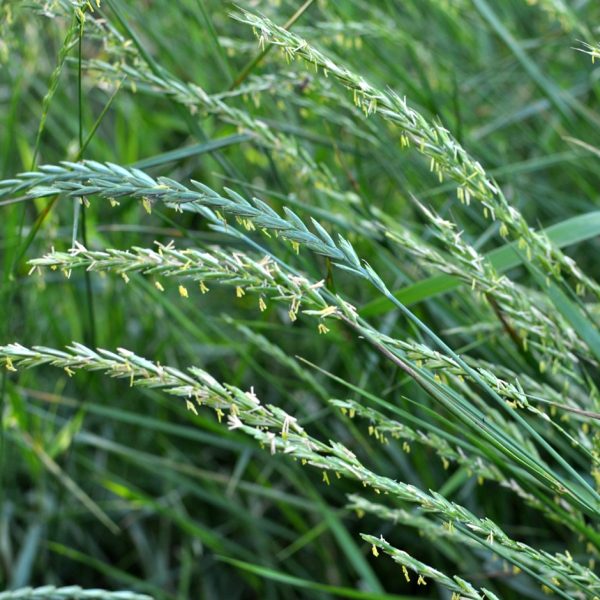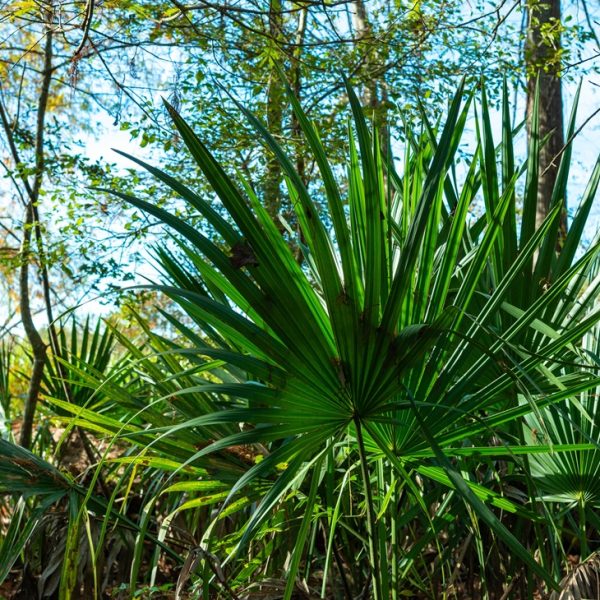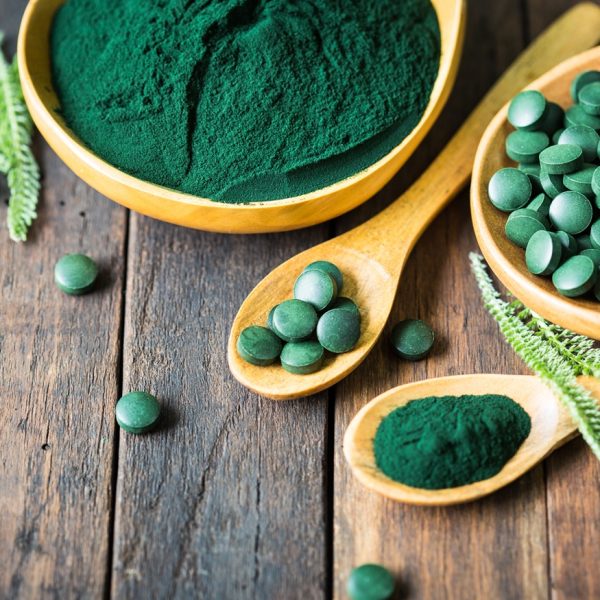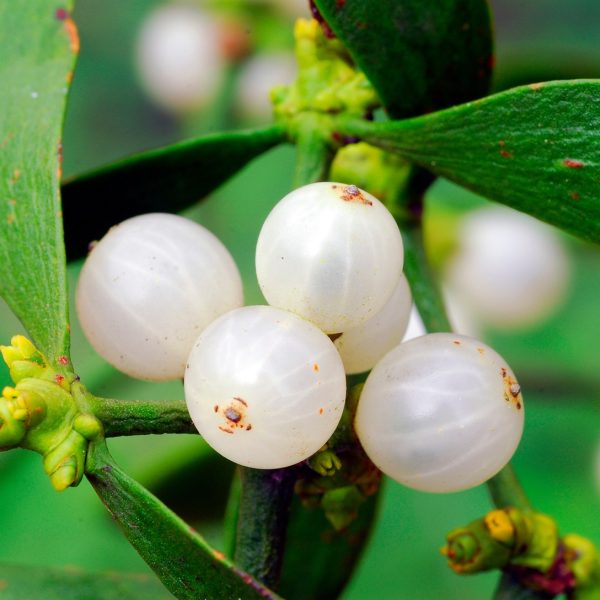Throughout the production process, herbs may be subject to physical, biological, or chemical contaminants. Barry Moore shares how contamination can arise, and how it can be avoided.
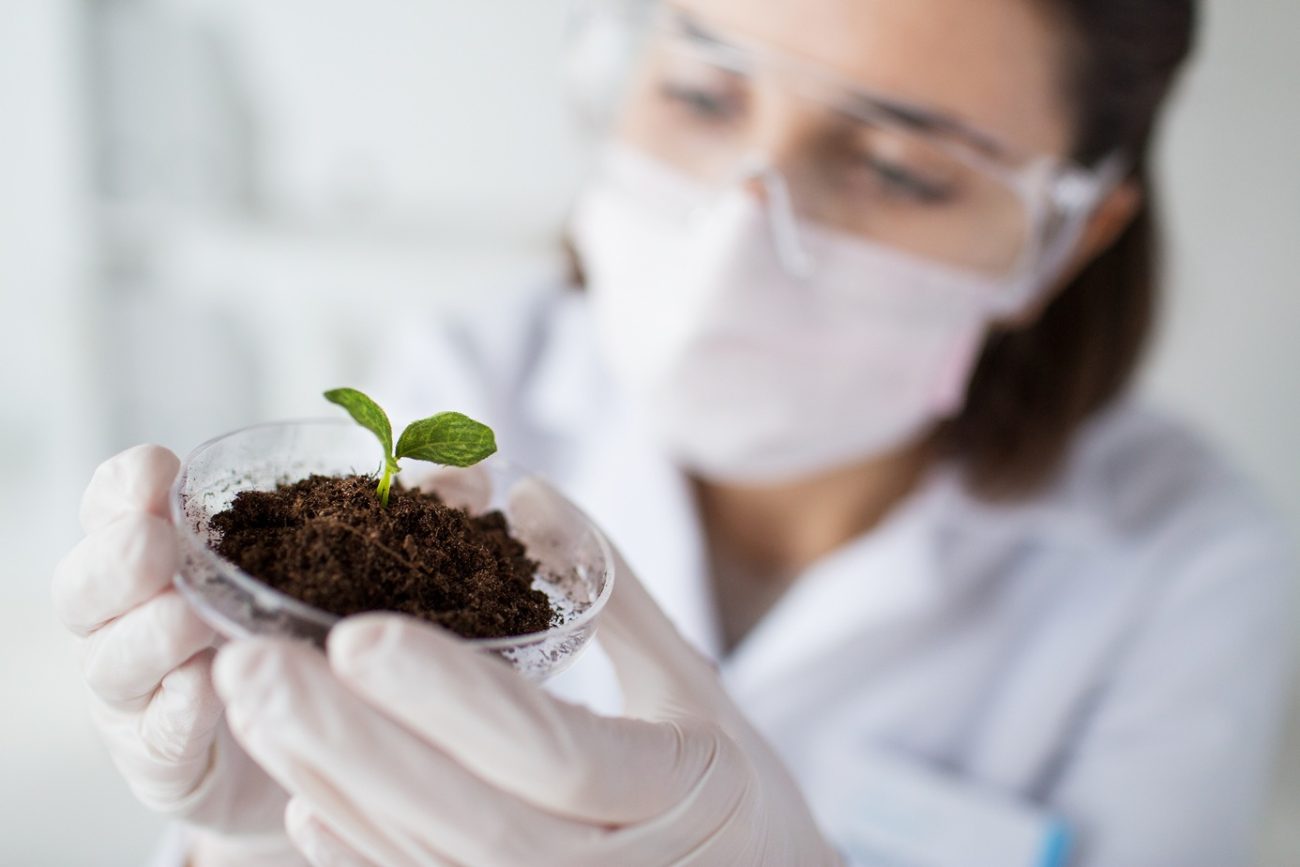
Herbal supply chains are becoming increasingly complex and extended due to increasing consumer demand and in response to changing geopolitical and environmental considerations. Due to this, maintaining quality in herb supply is becoming more of a challenge. Contaminants are one of the main contributors to poor quality herbs (1). These substances are undesirable and at certain levels can pose a threat to human health; therefore, many countries set up regulatory limits to restrict our exposure to these harmful substances. The European Pharmacopeia and EU food contaminants regulation (EU) 2023/915 sets limits for these substances, although the maximum tolerated limits will vary between countries. This can sometimes lead to issues when the market for these products has stricter requirements than the country of origin for the herb.
The reason that contaminants are present in herbs can either be due to environmental factors or because of processing activities and their occurrence is unintentional — in contrast to adulteration, which is the deliberate addition for economic gain.
Understanding the risks of contamination within the herbal supply chain is critical and looking at data in systems such as the EU Rapid Alert System for Food and Feed (RASFF), which is the European system for reporting food safety issues, can be instructive. A recent review looked at the last 23 years of RASFF data for herbs and spices and identified the herbs that were most notified. These included herbs like chilli (Capsicum spp.), black pepper (Piper nigurm) and ginger (Zingiber officinale). Contaminants such as salmonella and aflatoxins featured most frequently in the alerts, and India was the country with the highest number of these alerts, accounting for 23.6% of all notifications (2). Data from these systems help inform how contaminants are regulated by authorities and are helpful to herb suppliers in how they manage contamination risks within their supply chains.
Types of contamination
There are three broad types of contaminants, these are physical, chemical and biological.
Physical contaminants include items such as:
- Wood
- Glass
- Stones
- Insects
Herbal supply chains are susceptible to these contaminants, although certain parts of the supply chain may be more vulnerable. For example, when storing the herbs, if facilities are in a poor condition then this may lead to a higher likelihood of pest infestations resulting in the contamination of herbs with insects.
Chemical contaminates would include substances like:
- Acrylamides
- Heavy metals
- Polycyclic aromatic hydrocarbons (PAHs)
- Mineral oils
These can occur as a result of environmental factors as well as processing activities.
Lastly, biological contaminants are from microorganisms, such as:
- Viruses
- Bacteria
- Moulds
- Microbe metabolites mycotoxins
Their occurrences are often a result of poor hygiene practices in the growing and processing of the herb that then causes these harmful microorganisms to develop. Other biological contaminants include those from naturally occurring toxins in plants which can occur when weeds are co-harvested with the herb. Some well-known toxins include pyrrolizidine and tropane alkaloids.
Environmental contaminants: A global problem
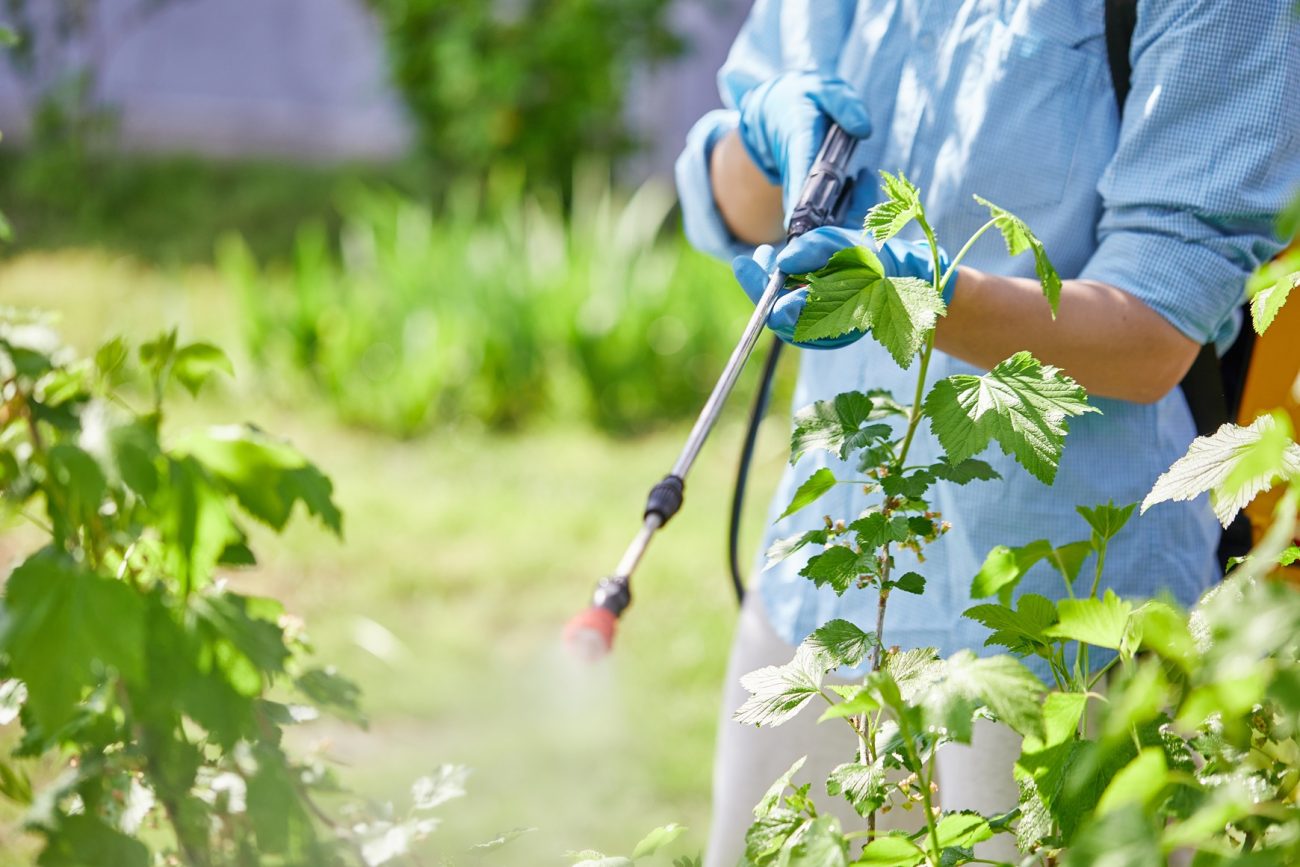
In various herb growing regions across the world, the risk from environmental contamination through soil, air and water is an ever-growing concern. External pressures from climate change, consumer demand and industrialisation all play a role in increasing the likelihood of the presence of these environmental contaminants.
Climate change will only increase the frequency of these issues — for example, flooding that results in pesticide contamination through contaminated water sources. Increasing consumer demand may lead to constraints in supply which leads to sourcing herbs from regions with known environmental contamination risks. The encroachment of heavy industry in herb growing regions in fast developing countries like India and China can lead to pollution by contaminants such as heavy metals, typically through the soil. There has of late been a concerted effort in some countries to address these issues, but unfortunately the legacy of heavy industrial activities can remain in the soil for some time (3).
Along with the risk of contamination from anthropogenic sources, like heavy industry, the topography and geology of where the herbs are grown can also play a part. For example, herbs that are grown in low lying areas may be prone to flooding from contaminated water sources. The geology is also important as certain rocks e.g. cinnabar, may lead to high levels of mercury in the herbs grown where those rocks are present. Certain herbs can also naturally accumulate heavy metals, some well-known examples include St John’s wort (Hypericum perforatum) and brahmi (Bacopa monnieri) (3,4). Among the 54 heavy metals in nature the most relevant contaminants in herbal medicines are:
- Mercury (Hg)
- Lead (Pb)
- Cadmium (Cd)
- Arsenic (As) (5)
To minimise the risk from environmental contaminants in herbal supply chains an important first step is to check whether the site is suitable for growing herbs. Avoiding agricultural land in heavily industrial areas and if wild collecting, avoiding places that are close to urban infrastructure, such as roads and factories, will help minimise the risk of environmental contamination. As the sources of environmental contaminants are complex and varied, managing these risks can be difficult.
By purchasing herbs from suppliers that have short integrated supply chains, the risk from environmental contaminants will be lower as these suppliers have direct insight or influence over the environmental contamination risks within their supply chain. This contrasts with herbs that are traded in open markets that typically involve longer complex supply chains where there is limited understanding of the contamination risks at origin.
Mycotoxins: A growing concern in a changing climate
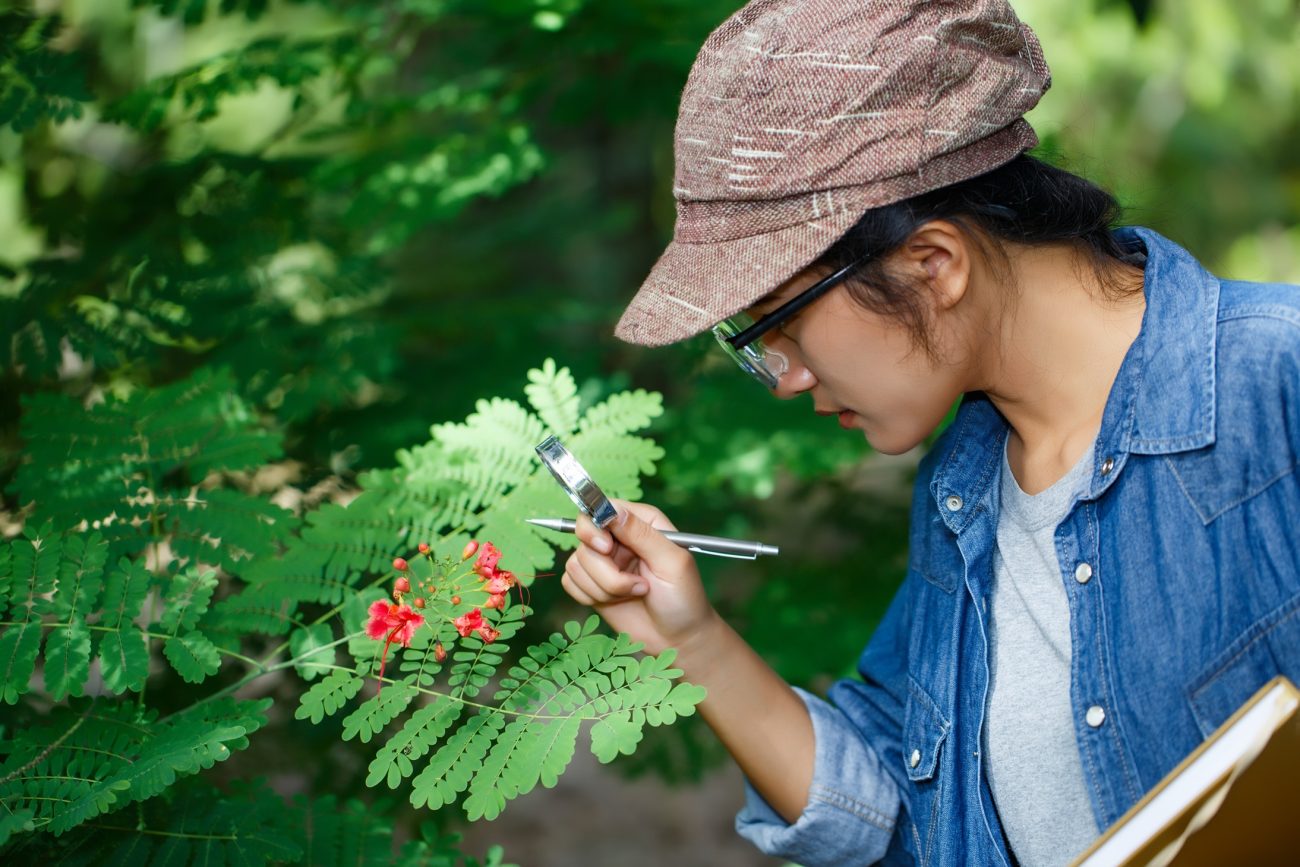
Mycotoxins are a group of over 400 secondary metabolites that develop from fungal moulds when the right environmental conditions arise. These substances are toxic and carcinogenic and can been found in herbal materials (6). Aflatoxin and ochratoxin A are the two most well-known mycotoxin hazards in herb supply and develop from fungi such as Aspergillus and Penicillium. The occurrence of these toxins in herbs such as ginger (Zingiber officinale), liquorice (Glycyrrhiza spp.) and turmeric (Curcuma longa) is well documented. Mycotoxins are usually found in hot and humid climatic regions and as a lot of medicinal herbs are grown in these regions, mycotoxin contamination is a concern. They can directly contaminate herbal plants and their parts during pre- and post-harvest processing, transportation, and storage of herbal medicines (7).
Climate change poses a significant threat to medicinal plants that are particularly susceptible to changes in environmental conditions. The likelihood of contamination increases as the conditions change and become more unpredictable. Certain biological contaminants like mycotoxins are of particular concern as the environment plays a key role in the formation of these toxins and their increasing prevalence due to climate change is well documented.
Research has shown that the effects of climate change such as elevated carbon dioxide levels, environmental temperature rise and the interchange of extreme droughts with extreme rainfalls have a significant impact on mould growth and mycotoxin occurrence (8). As these extreme conditions become more widespread globally, the incidence of mycotoxin contamination and its severity will increase in many herb growing regions even regions that were previously at low risk.
Agricultural and processing activities: Reducing the risk
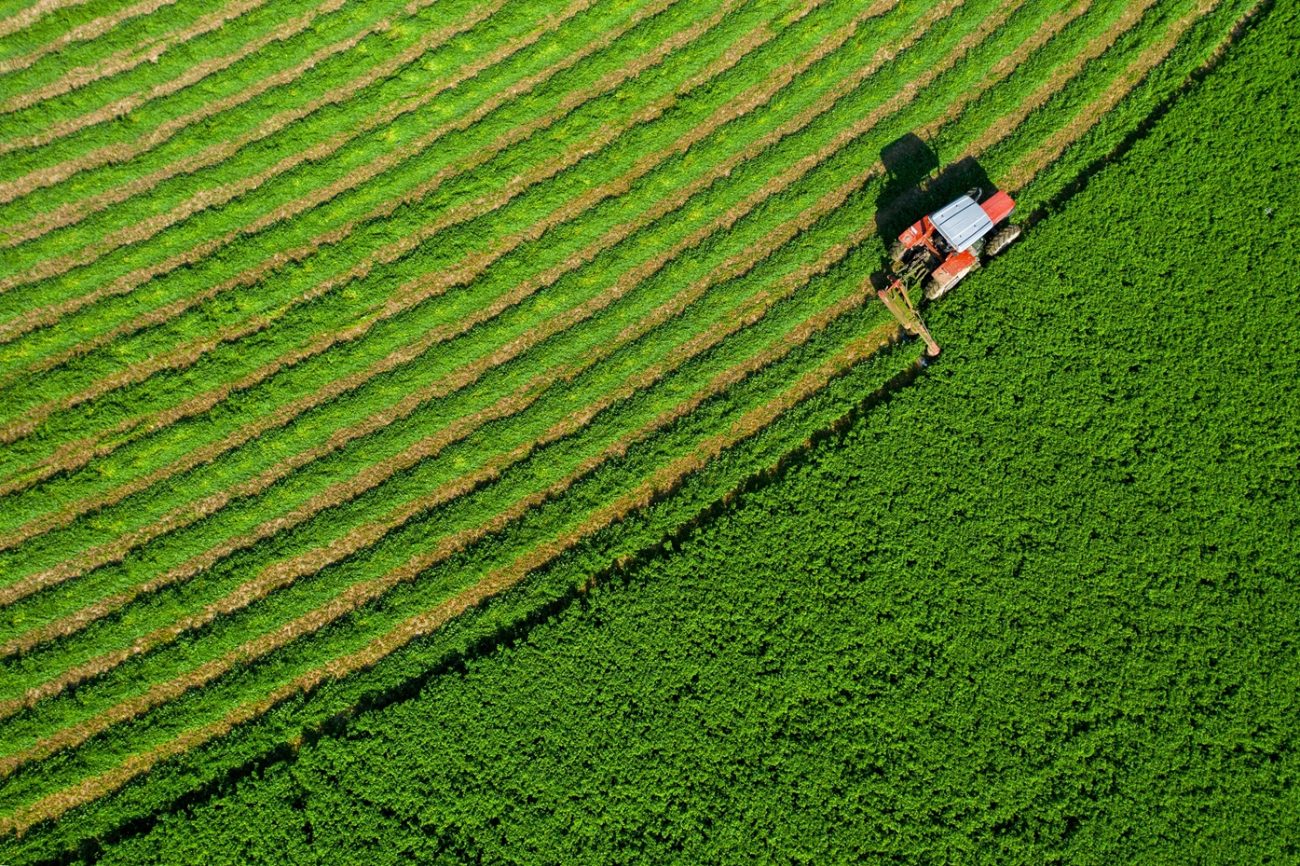
Herbs are grown in a wide variety of different regions with the infrastructure and access to technology varying considerably. Managing contamination risks in these diverse herbal supply chains is challenging. By using good agricultural and manufacturing practices we can apply common principles to processing activities in different herb growing regions. These practices minimise the risk of contaminants in processing and reduce the risk of contamination from environmental sources.
Drying herbs is a key activity in most herbal supply chains and is a route where contamination can occur. Herbs are often air dried in many countries which means that herbs can be exposed to infestation by insects, birds, rodents and pests, as well as dust and dirt (9).
Formation of microorganisms during the drying process is also a well-documented issue. If there is inadequate air circulation during drying and there is high humidity the formation of microorganisms will be more likely to occur. By harvesting herbs at the right time (e.g. avoid harvesting in wet conditions), drying in hygienic conditions and ensuring good air circulation the risk of these microorganisms forming will be minimised.
To reduce the risks of microorganism forming, industrial drying processes are sometimes employed as they can dry the herb quicker than traditional drying techniques (9). However, contamination risks still remain from substances such as PAHs, which form when combustible materials such as wood and oil are used in these processes (10). For example, an oil generator may contaminate the herbal material that you are drying, if it is not adequately ventilated.
Another activity where there is a risk of contamination is when transporting the herb from the field to the processing facility, as the herbs can come into contact with a wide variety of potential contamination sources. An example of this is when mineral oils leach from the vehicles used to transport the herb or from the sacks that they are collected in, which result in the contamination of the herbs.
Through the strict application of good agricultural and manufacturing practices risks from processing contaminants can be controlled. It is important to continually improve these practices as new threats and opportunities emerge.
Growing and foraging your own herbs
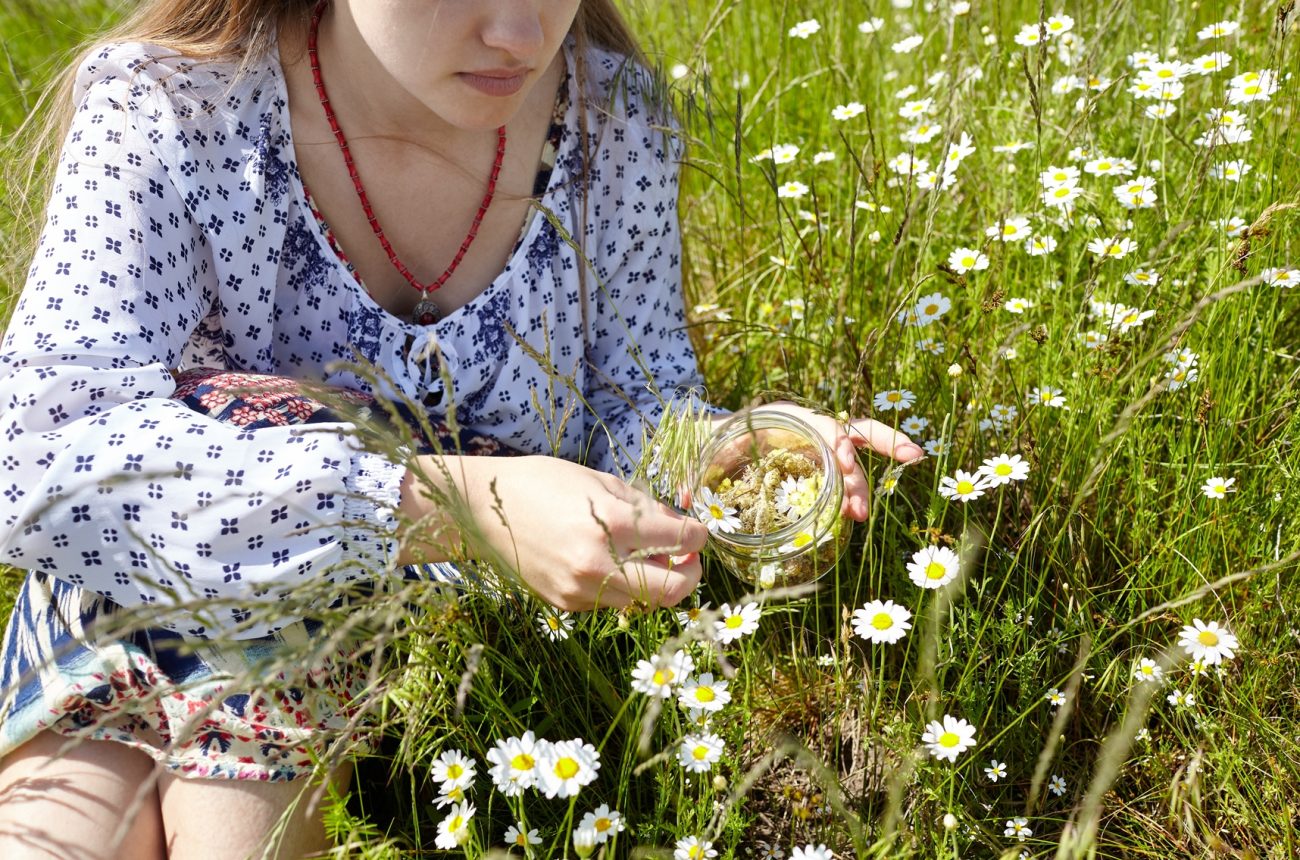
Although medicinal herbs are often sourced from around the world, there are still many that can be grown in the UK. If you are growing your own herbs or foraging for them in the wild you still need to be aware that many contaminants found in herbal supply chains will also occur in the UK. However, there will be differences in the types of contaminants found and the severity of the contamination, as environmental conditions are different.
Also, when growing or foraging your own herbs you have an advantage in that you are able to observe the quality of the herbs directly and can take steps to avoid contamination issues. This is in direct contrast to purchasing herbs where you are reliant on the practices of others within the supply chain to control contamination risks.
Some simple steps to follow when foraging in the wild would include avoiding the collection of herbs from industrial sites, developed land and busy roadsides verges where pesticides will often be applied. Scorched or yellow leaves are a good indicator that pesticides were used. Other signs to watch out for when foraging are bruised leaves or signs of mould on the herb — avoid collecting from these plants.
If growing your own herbs, selecting a good location that is away from obvious contamination risks is essential. Avoid growing near buildings that are in a poor state of repair such as peeling paints which could lead to chemical contaminants. The use of clean water sources when irrigating is critical; so, avoid grey water, which is a pathogen contamination risk. Taking these steps will help to minimise the risk of contaminants when growing or foraging herbs in the UK.
Conclusions
Herbal supply chains face both current and emergent global as well as regional contamination risks. Keeping yourself educated about these contamination risks is important so that you know what to watch out for when purchasing herbs from your supplier. Insights about these risks could come from your herbal network, scientific publications or non-profit organisations like the American Botanical Council, which produce bulletins on herbal quality issues. Wherever practical, purchasing herbs with shorter supply chains helps to avoid the inherent risks in purchasing from long complex supply chains.
Some simple steps which you could take could include purchasing from suppliers who hold third party accreditation (like GMPs) or food safety accreditation (like BRC) or specific herb industry initiatives like the BHMA HPSS scheme. Asking your suppliers about the origin of the herbs, testing reports for contaminants and details of how they manage quality within their supply chain will enable you to assess whether the supplier is taking proactive steps to manage these risks. If suppliers are unable to provide this it will generally be a good indicator that you may need to look elsewhere.
By knowing more about the origin of your herbs and the contamination risks within these supply chains it will help ensure that you make informed decisions about the quality of the herbs that you purchase.
References
- Tripathy, V., Basak, BB., Varghese, TS., T.S. Saha, A. Residues and contaminants in medicinal herbs – A review, Phytochemistry Letters, 2015, Volume 14, 67-78. https://doi.org/10.1016/j.phytol.2015.09.003.
- Eissa, F., Zidan, N. E.-H. A., & Sebaei, A. S. Contamination of herbs and spices: A 23-year EU RASFF notifications analysis. Journal of Food Safety, 2024, 44 (3). https://doi.org/10.1111/jfs.13131
- Heinrich, M., Scotti, F., Booker, A., Fitzgerald, M., Kum, KY., Löbel, K. Unblocking High-Value Botanical Value Chains: Is There a Role for Blockchain Systems? Front. Pharmacol. 2019, Volume 10.
https://doi.org/10.3389/fphar.2019.00396 - Koorimannil, H., Abdussalalm, A., Chandra, R., Nabessa, S. Bioaccumilation of Heavy metals in Bacopa monnieri (L) Pennell growing under different habitat. International Journal of Ecology and development. 2010, 15.
- Zuo, T., Li, YL., Wang, Y., Guo, YS., Shen, MR., Yu, JD Li, J., Jin, HY., Wei, F., Ma, SC. Distribution, speciation, bioavailability, risk assessment, and limit standards of heavy metals in Chinese herbal medicines, Pharmacological Research – Modern Chinese Medicine, 2023, 6. https://doi.org/10.1016/j.prmcm.2023.100218
- Ałtyn I, Twarużek M. Mycotoxin Contamination Concerns of Herbs and Medicinal Plants. Toxins (Basel). 2020, 12(3), 182. https://doi.org/10.3390/toxins12030182
- Opuni KFM, Kretchy JP, Agyabeng K, Boadu JA, Adanu T, Ankamah S, Appiah A, Amoah GB, Baidoo M, Kretchy IA. Contamination of herbal medicinal products in low-and-middle-income countries: A systematic review. Heliyon. 2023, 9(9). https://doi.org/10.1016/j.heliyon.2023.e19370
- Kos J, Anić M, Radić B, Zadravec M, Janić Hajnal E, Pleadin J. Climate Change -A Global Threat Resulting in Increasing Mycotoxin Occurrence. Foods. 2023, 12(14), 2704. https://doi.org/10.3390/foods12142704
- Singh, A., Moradiya, P., Jenish, P. Drying techniques in medicinal and aromatic plants and its impact on, Futuristic Trends in Agriculture Engineering & Food Sciences 2024, 3(9). https://www.doi.org/10.58532/V3BIAG9P3CH6
- Reflection paper on Polycyclic Aromatic Hydrocarbons (PAH) in herbal medicinal products/ traditional herbal medicinal products (EMA/HMPC/300551/ 2015) of 31 May 2016. https://www.ema.europa.eu/en/polycyclic-aromatic-hydrocarbons-herbal-medicinal-products-traditional-herbal-medicinal-products-scientific-guideline#current-version-9120 Accessed 29th August 2025.

